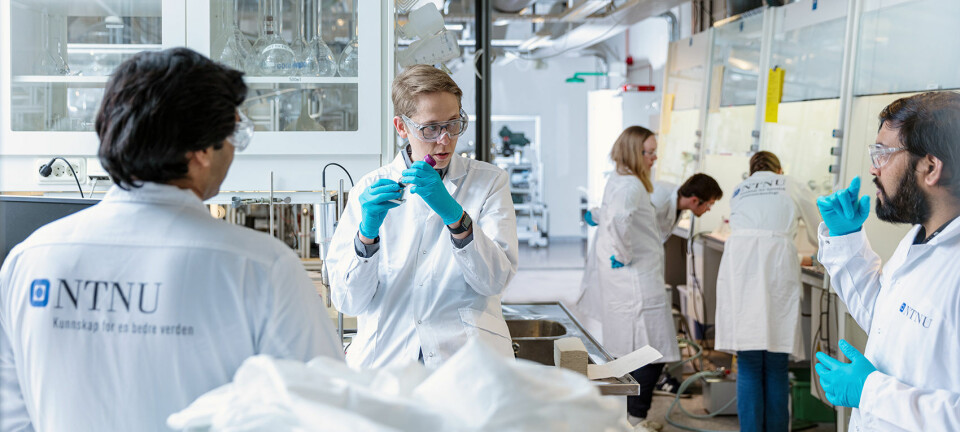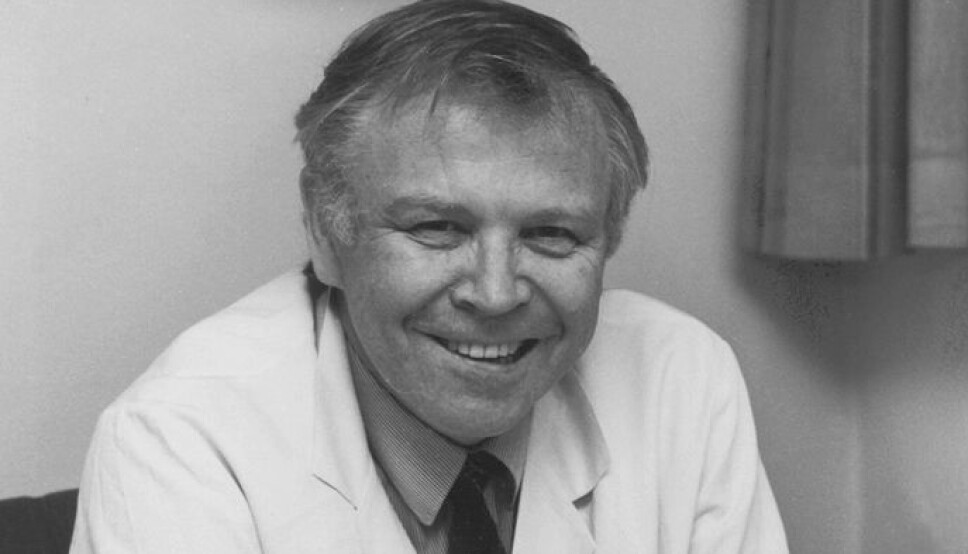
A Norwegian's discovery paved the way for the coronavirus tests we use today
But the Nobel Prize went to an American who figured out how the discovery could be used.
In 1969, the Norwegian Kjell Kleppe was at an international research conference where he presented his latest experiments on DNA.
The discovery was to help revolutionize genetic technology.
But nobody understood how they could make use of it, until many years later.
“They didn’t see the practical application of what they had discovered,” says Lars Haarr, a retired professor of medicine. He became acquainted with Kleppe in high school and would later do research in the same department as him at the University of Bergen.
Kleppe’s discoveries were an important step in developing a technology called PCR, which is an abbreviation for polymerase chain reaction.
Although many people aren’t necessarily familiar with the technology, it is nevertheless playing a critical role right now, during the COVID-19 pandemic.
Used in COVID-19 tests
PCR makes it possible to determine the identity of the virus with which people have been infected.
"Kjell Kleppe's discovery was the first step in PCR, which is used in connection with COVID-19 diagnostics", says Rolf Reed. He is a professor of medicine and has led the effort on a recent exhibition about Kjell Kleppe at the University of Bergen.
It’s not as easy to measure a virus from a coronavirus sample as you might think.
To do this, clinicians need to actually look into the viruses — at their genetic material.
But there is just one problem. Although a sample from a person's throat or nose contains many viruses, the samples typically contain very little viral genetic material.
And this is where Kjell Kleppe's findings come in. He showed how it was possible to make a copy of the DNA — in the laboratory.
But it would take several years before anyone realized how Kleppe’s discovery could be applied.
The Nobel Prize went to an American
In 1987, almost 20 years after Kjell Kleppe's discovery, the American Kary Mullis described how to make not just one, but thousands of copies of DNA.
He called the technology PCR. And it did not take long before it was a standard laboratory tool.
The machine that does the work is a simple heated cabinet that can switch between different temperatures. And the ingredients needed for copying are mass-produced by pharmaceutical companies.
Mullis received the Nobel Prize for this discovery in 1993. At that time, Kjell Kleppe was no longer alive, and couldn’t have received the prize anyway, Haarr says.
At the same time, Haarr would have liked to see some recognition of his colleague's contribution to the invention.
“Many reacted to the fact that Mullis didn’t make any references to Kjell Kleppe and his colleagues when describing the PCR technology,” Haarr says.
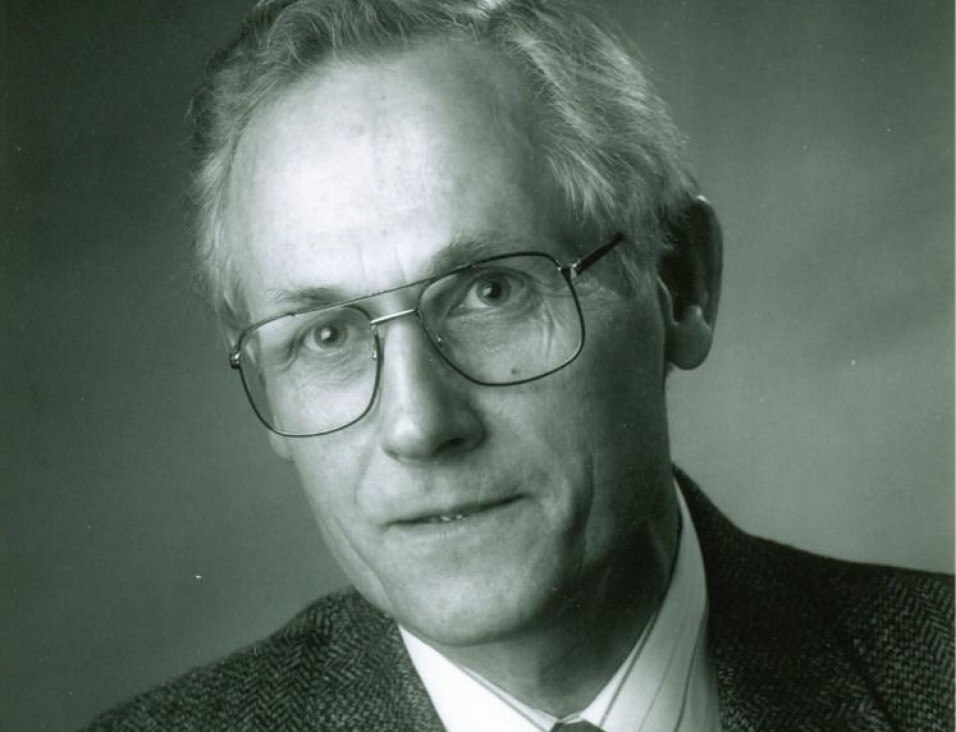
Used in NTNU’s coronavirus test
In a phone conversation from Trondheim, Professor Magnar Bjørås reflects on the revolution that took place when it became possible to make copies of DNA.
“I remember when we got our first PCR machine in the laboratory. It could do in two hours what used to take two months,” Bjørås says.
For the past six months, Bjørås has been one of the researchers at the Norwegian University of Science and Technology (NTNU) who developed a new test and started a factory when there was a shortage of coronavirus tests in Norway.
The test uses innovative tiny nanoparticles to extract the genetic material in the virus taken from throat and nose samples. The next step is to use PCR — to amplify the genetic material.
Could COVID-19 have been as bad as the Spanish flu?
What would the coronavirus pandemic have been like if we didn’t know what we now know about DNA and genetics?
“It’s interesting to wonder whether this pandemic would be as bad as the Spanish flu, or maybe even worse,” Bjørås said.
For this reason, he thinks the story of Kjell Kleppe offers an important message.
“It’s critical that people understand the importance of basic research. Basic research is extremely time consuming and is all about understanding very basic mechanisms,” Bjørås said.
This was the type of research that Kleppe did. Basic research, driven by sheer curiosity —without a plan for how it could be used.
The coronavirus genetic code
People who have been infected by the coronavirus have virus in their nose and throat, which is then sampled with a long swab.
But for the PCR method to determine whether or not the patient actually has coronavirus, the method needs to only copy genetic material from this specific virus.
This requires health professionals and researchers to know what the genetic code of the coronavirus looks like. And it didn’t take long from the time the virus began to spread until scientists had uncovered the code and shared it with the world.
The WHO website also has a list of small snippets of this code. They are approximately 20-letter-long combinations of the four building blocks of life, abbreviated A, C, T and G.
These short codes are easy to make in the laboratory and can be ordered online. They are the key to providing an accurate coronavirus test.
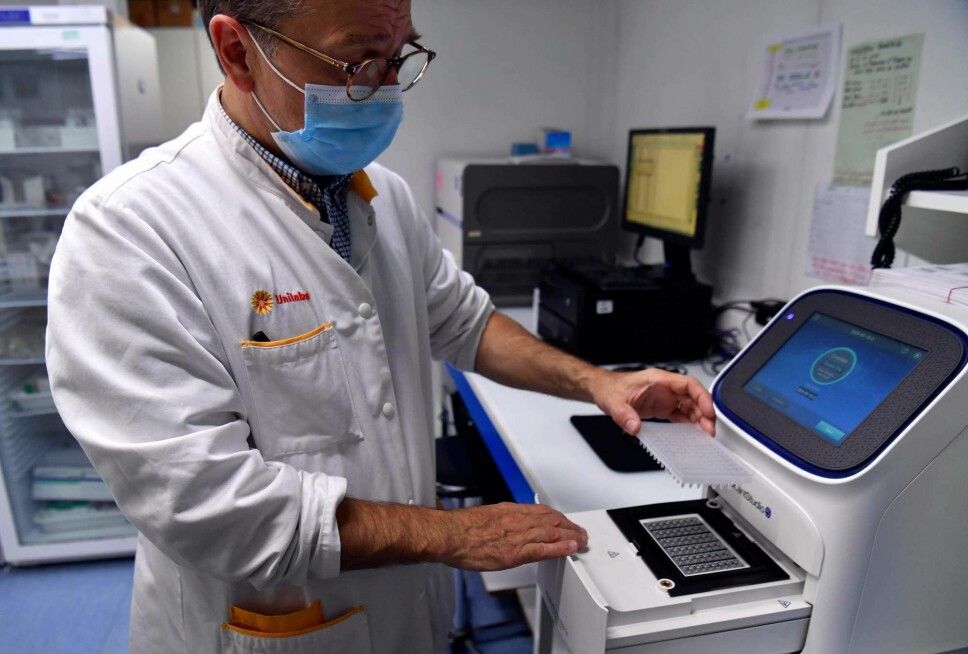
Simple heater
The rest of the ingredients in the PCR test used for the coronavirus are completely standard equipment in laboratories that work with genetic material.
For example, there are enzymes that can make copies of DNA and RNA. And a heater that can switch between different temperatures.
The method enables healthcare professionals and researchers around the world to use PCR to determine whether people are infected with the virus.
A very modest guy
Nobel Prize or not — there is no doubt that Kjell Kleppe was one of the leading scientists in his field and time.
Both he and his wife, Ruth Kleppe, were visiting researchers in the United States in the 1960s in the laboratory of another Nobel Prize winner, Har G. Khorana.
In the 1970s, Kleppe became part of a growing group of researchers in molecular biology at the University of Bergen. At that time, it already included Lars Haarr, who got his doctorate from the group.
“When we came to Bergen we knew a lot about DNA, but we knew nothing about the genetic code. We didn’t know at that point how to understand the language of DNA,” says Haarr.
He says that Kleppe never highlighted his own work.
“He was a very modest guy. But people could see from his academic work that he was very good. And even though he was modest, he was ambitious when it came to his research,” Haarr said.
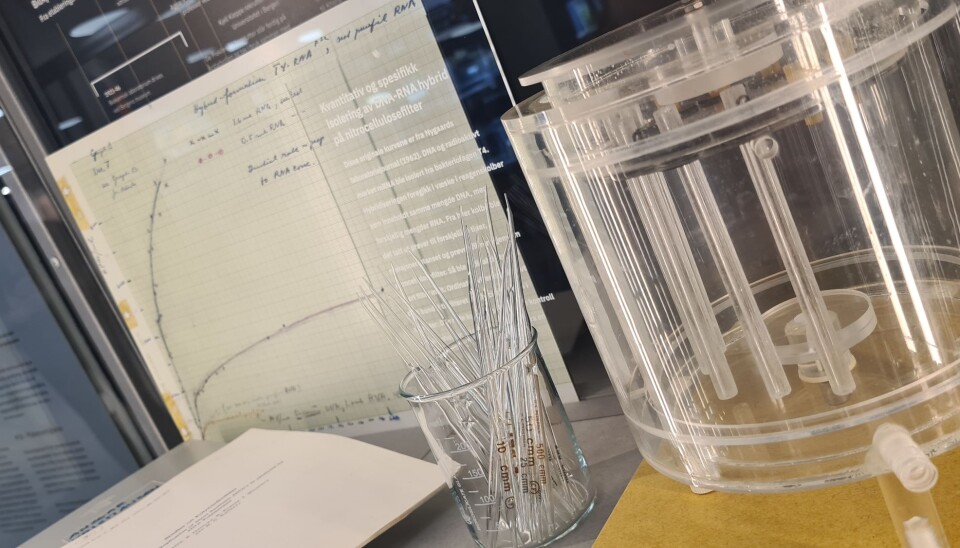
Never just one person behind a discovery
Rolf Reed at the University of Bergen thinks it is important that the universities conserve their scientific history, even when it comes to more recent happenings.
“It’s important to focus on these researchers while there are still people alive who remember them,” Reed said.
Reed says many students and researchers come to institutions to study and work without knowing about those who came before.
Magnar Bjørås agrees that Kjell Kleppe deserves all the recognition he can get for his contribution to modern genetics.
At the same time, he believes it's important to remember that it is never just one person who is behind a discovery alone.
“Research is a huge global puzzle that crosses national borders and where you find the answers, piece by piece,” Bjørås said.
Translated by: Nancy Bazilchuk
———
Read the Norwegian version of this article on forskning.no








